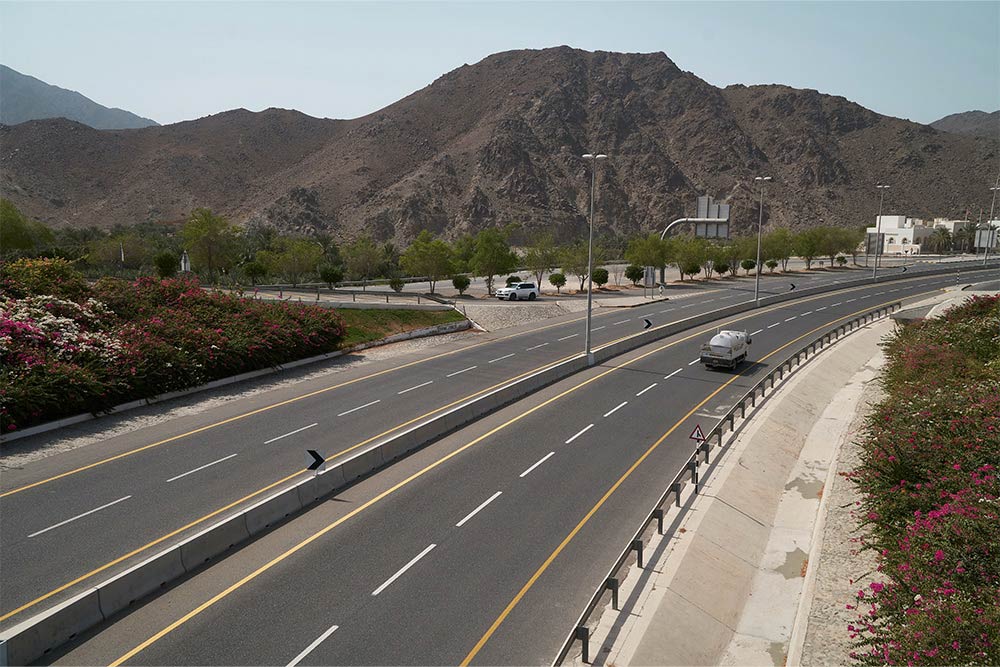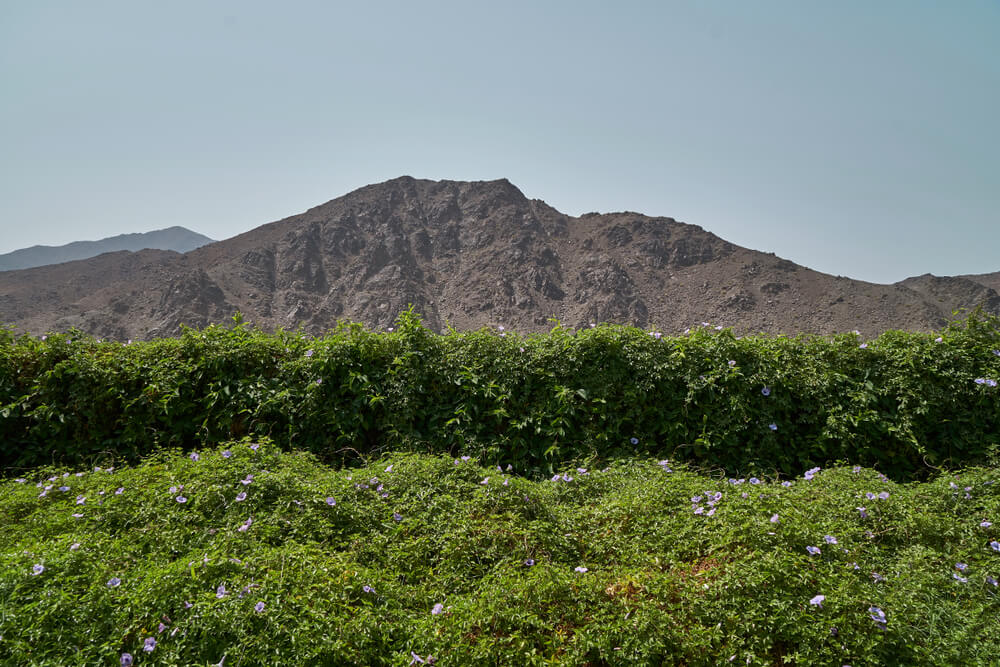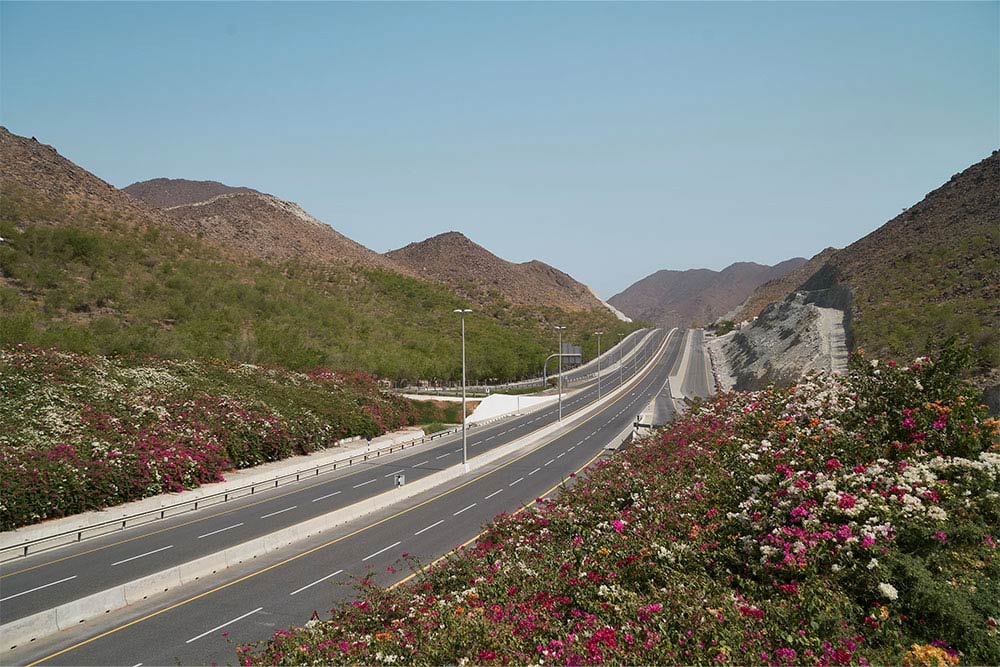A getaway from the hustle and bustle of city life becomes necessary once in a while. What if you can go on a trip and glimpse at the history of your region? Wadi Al Helo is a one-of-a-kind archaeological site which offers both adventure and historical significance. Let’s explore this valley, rich with history and wonders.
- Overview
- Location
- Geography
- Historical Importance
- Exhibits
- Things to Do
- Nearby Attractions
- Nearby Residential Areas
- FAQs
Overview of Wadi Al Helo
Wadi Al Helo is an hour’s drive from the busy city of Sharjah. The name stands for ‘Sweet Valley’ in English because of the sweet water in the valley. It is home to various fauna and aquatic creatures. This valley is also a protected area for endangered birds, reptiles, rodents and freshwater fish.
Wadi Al Helo is one of the most important archaeological sites in the UAE. It presents glimpses of the transition from the Neolithic to the Bronze Age. Also, it is on the tentative list of UNESCO Heritage Sites as part of the Gateway to the Trucial States – a serial nomination consisting of eight sites in Sharjah.
Location
Wadi Al Helo is located 20 kilometres southwest of the coastal town of Kalba, between the Hajar Mountains.
Geography
Wadi Al Helo has a ‘y’ shaped waterway. One branch runs through the villages of Harrah and Wadi Al Helo, while the other runs down from the Wadi Helo Lagoon towards Kalba. The lower reaches of this wadi hold several pre-Islamic burials.

Historical Importance
Wadi Al Helo holds major historical significance as it displays the transition from the Neolithic era to the Bronze Age. It holds restored Islamic watchtowers, old masjids, caravan trade routes, forts, tombs, burials and, most importantly, copper sites. In addition, the tobacco plantations also describe the lifestyle of villages and tribes dating back to the period.

Exhibits
There is a lot to explore when it comes to Wadi Al Helo. The valley is not restricted to exhibiting old, run-down buildings and watchtowers. You can also find bronze smears and other artefacts discovered from multinational digging and excavations.
1. Watchtowers
There are three watchtowers built in the wadi. These guarded the premises of the abandoned settlement along with the far ends of the valley. The far ends include old sophisticated farmhouses such as Eisa Al Thabbahi’s house, reflecting the 19th-century agricultural community of the UAE.
2. Tombs
Besides watchtowers, a Bronze Age tomb is also situated in the valley. This tomb, alongside the village fort, was reconstructed. Experts believe that this settlement was abandoned in or around the 1930s.
3. Tobacco Plantations
The Mazari tribe, native to the valley, had made it a wealthy tobacco-growing centre. The presence of many abandoned stone-lined tobacco plantations indicates the tribe’s history. You can find these abandoned plantations in the upper regions of the valley.
4. Copper Site
The copper site at Wadi Al Helo dates back to the Bronze Age. Copper was abundant in the valley. The age-specific technology found on the site describes its production and high refinement. This highlights the significance of copper production during the period.

5. The Rock Art
The rock art marks the valley and surrounding mountains, especially the Hajar Mountains. It portrays the natural biodiversity and artistic development of the Bronze Age. The art includes depictions of wildlife, boats, abstract patterns and T-figures that are believed to represent a dagger.
6. Heritage Village
You can also drive to the Heritage Village in Wadi Al Helo. This Heritage Village is a museum in itself that exhibits various artefacts found in the archaeological site of Wadi Al Helo.
Things to Do at Wadi Al Helo
Unravelling the mysteries and diving into history is not the only thing you can do in Wadi Al Helo. There is a lot you can do in the valley, such as hiking up to the fort and enjoying a 360-degree view of the mountain range. Other than that, you and your family can also travel on the beaten path. The guide will always be with you, ensuring your safety.
On the way to hiking or travelling up the beaten path, you can see a variety of flora and fauna. Keep an eye out for Arabian oryx and other endangered species like reptiles and freshwater fish, as well as various desert flowers and tobacco plantations.

Nearby Attractions
You can also pair up your trip to Wadi Al Helo with other adventures. Drive to other various forts to learn more about the history. Moreover, like the Rafisah Dam, other dams are also nearby. Here is a list:
- Heritage Village in Wadi Al Helo (2 minutes)
- Wadi Al Rabka Fort (10 minutes)
- Wadi Al Rabka Dam (10 minutes)
- Al Hefaiyah Lake (18 minutes)
- Family Park Alhowliat (19 minutes)
- Awhala Fort (21 minutes)
Nearby Residential Areas
Wadi Al Helo is a rocky mountain area, so residence is scarce here. Those living in Kalba can also drive to the site. Besides that, you can find some villages nearby. These villages have facilities you can avail like markets or medical care. Here is a list of residential areas nearby:
- Munay (9-minute drive)
- Al-gurm (13-minute drive)
- Alwaab (20-minute drive)
- Kalba (20-minute drive)
- Mohamed Bin Zayed City, Fujairah (20-minute drive)
FAQs
There are no hotels directly in Wadi Al Helo, but nearby residential areas such as Al Dhaid offer accommodations. You can also camp outside if you prefer to stay close to nature.
From Sharjah city, you can take the E88 road heading toward Al Dhaid, then follow the signs toward Wadi Al Helo. It would take approximately 90 minutes to reach by car, depending on traffic.
Yes, the area around Wadi Al Helo has several historical and cultural sites. These include ancient villages, abandoned residences and remnants of old forts that reflect the UAE’s rich heritage.
Wadi Al Helo is an archaeological site renowned for its tracking and copper production history. You can drive to the site for camping or tracking with your family to connect to your loved ones or with nature. You can also explore other archaeological sites in Sharjah, such as the Mleiha Archaeological Centre.